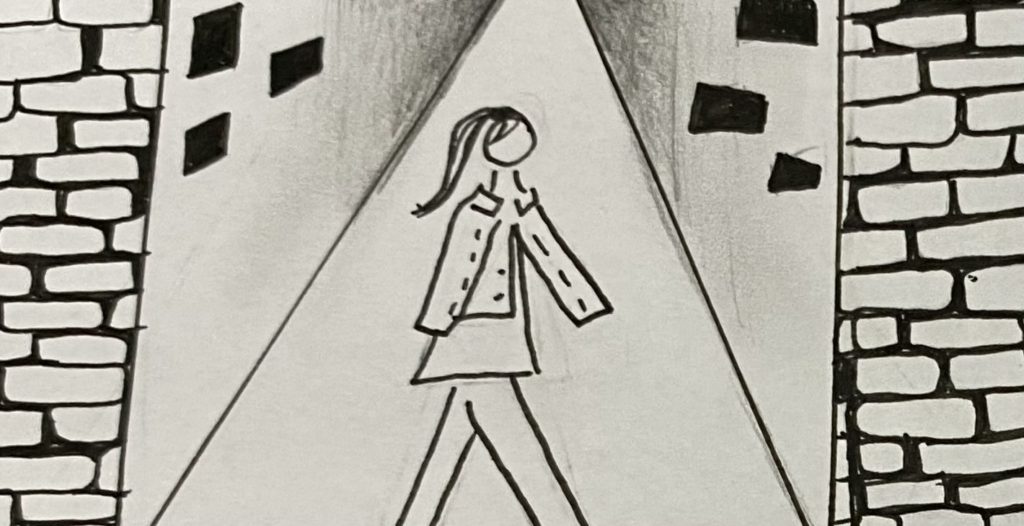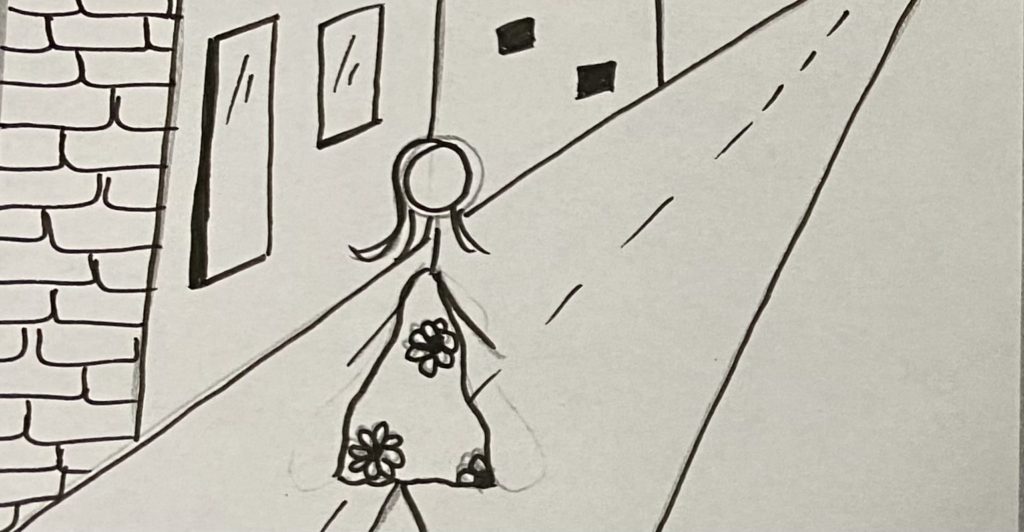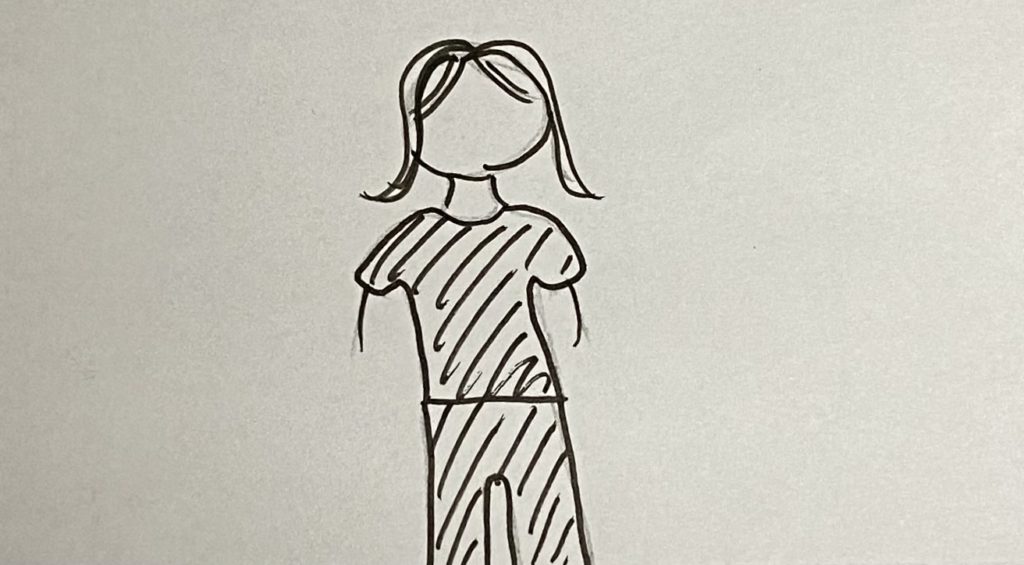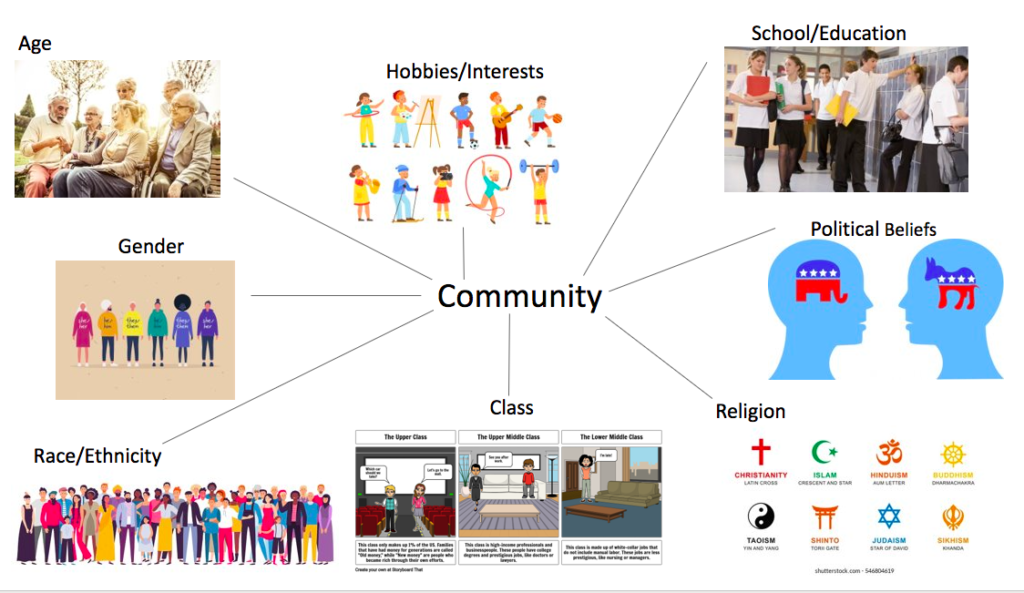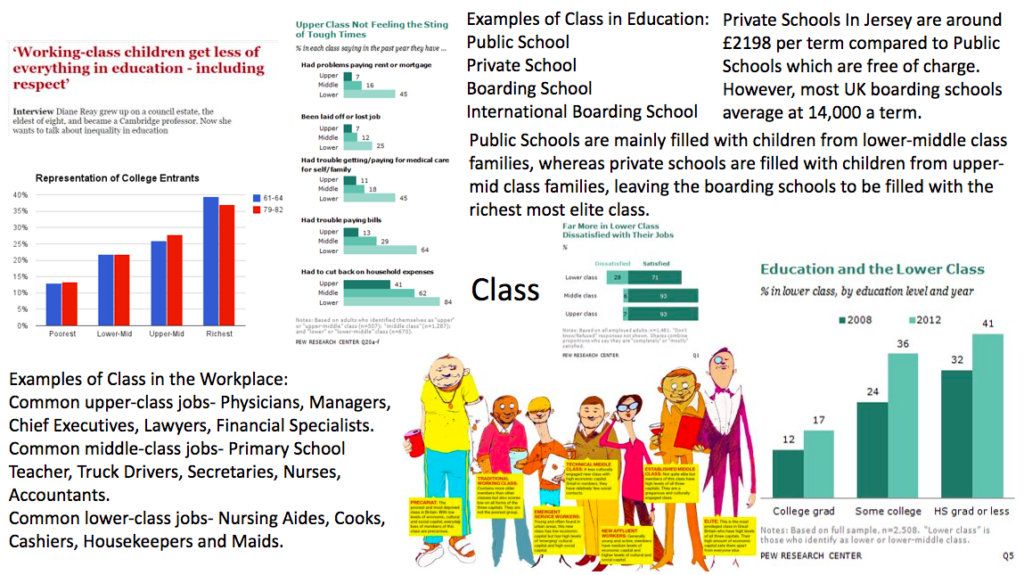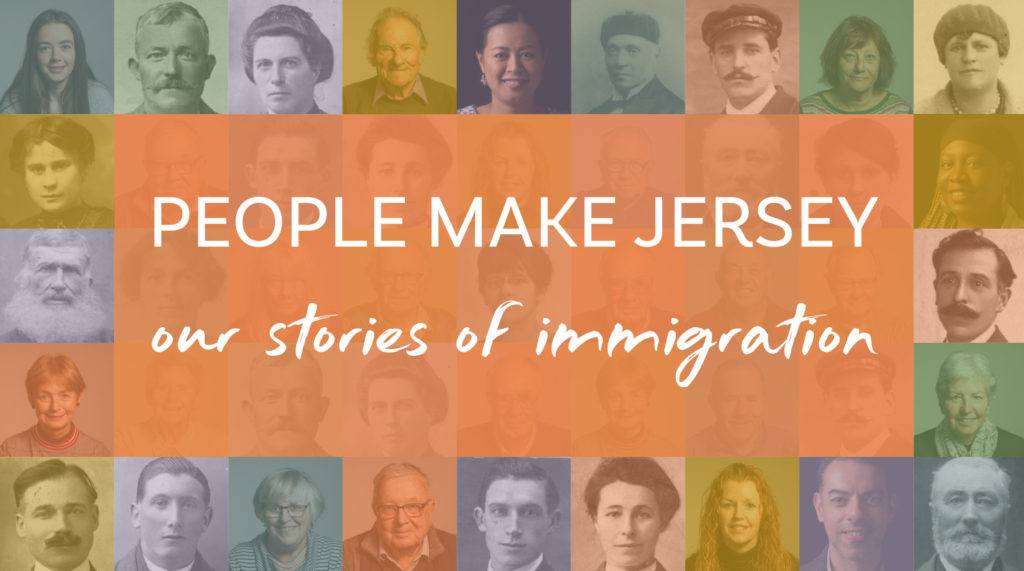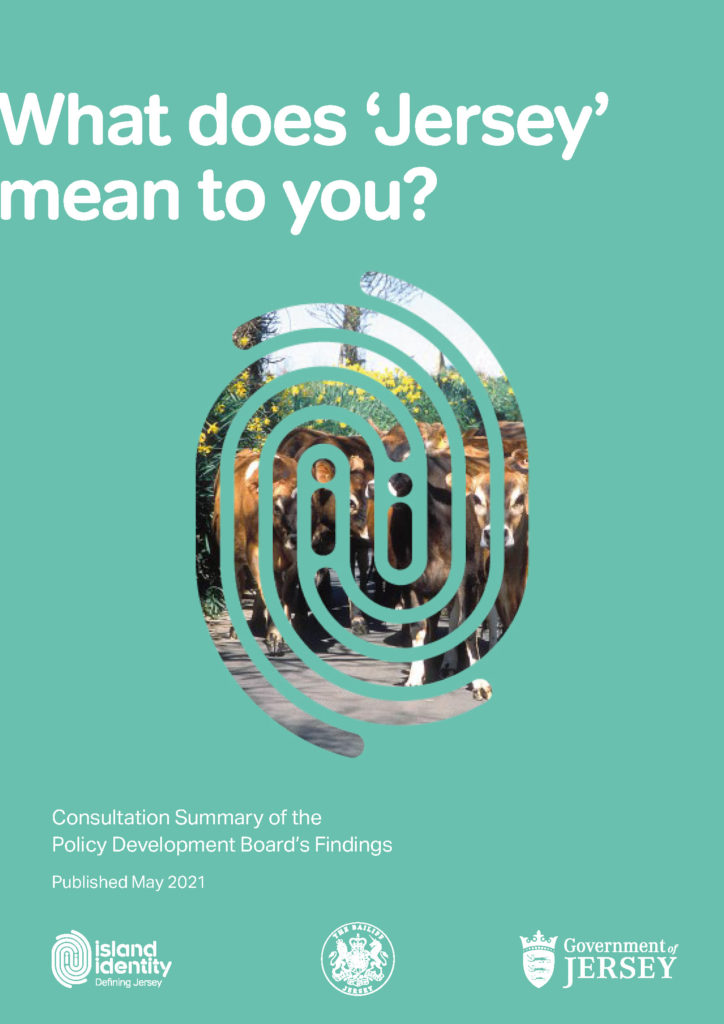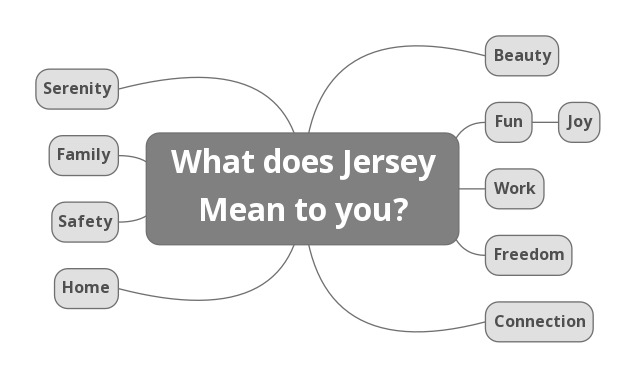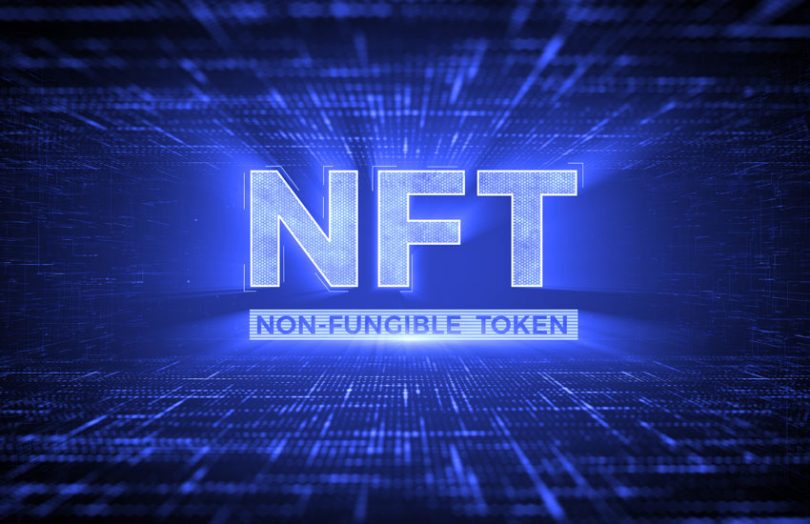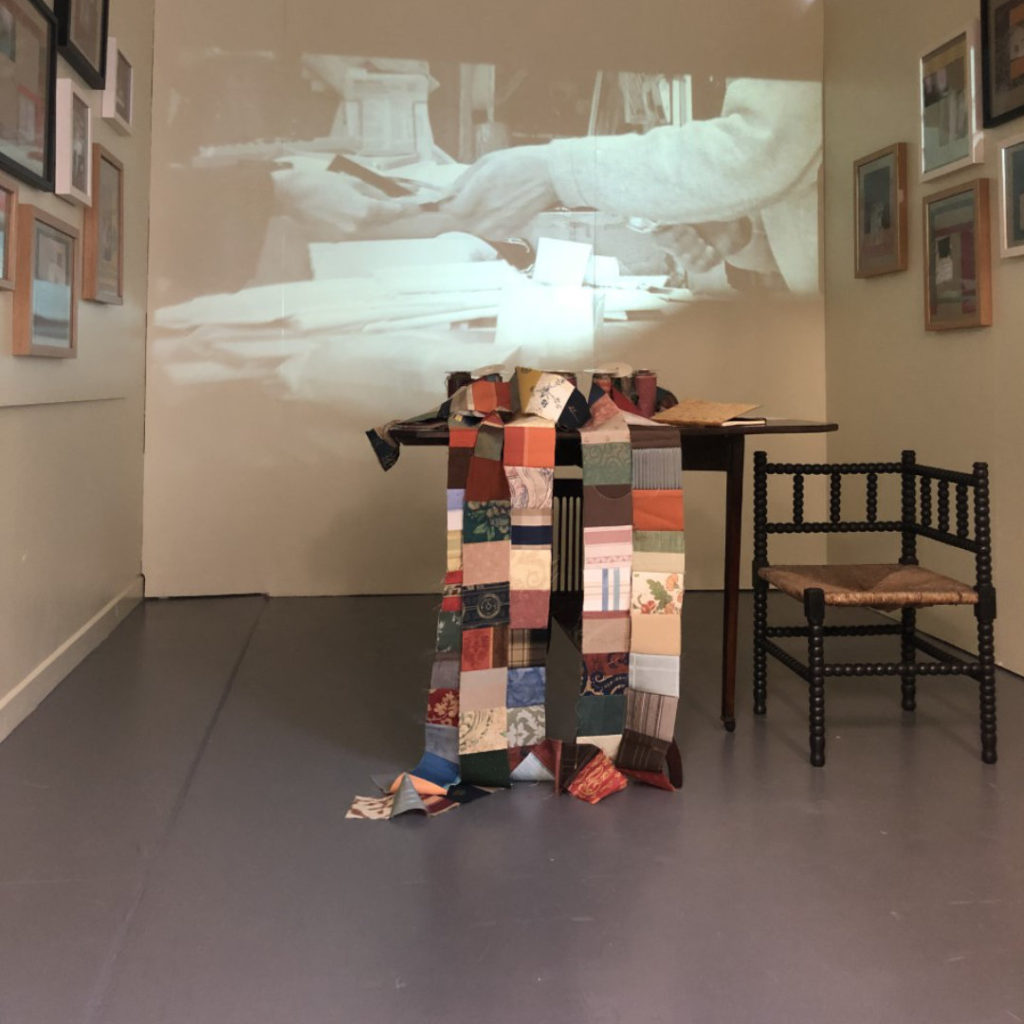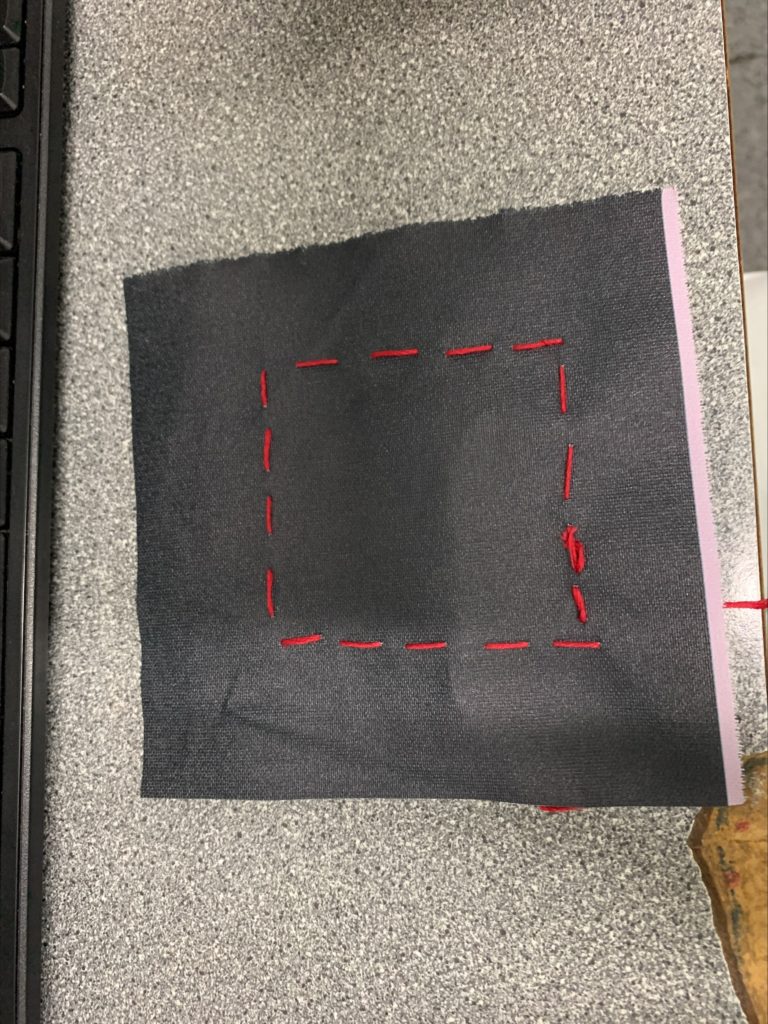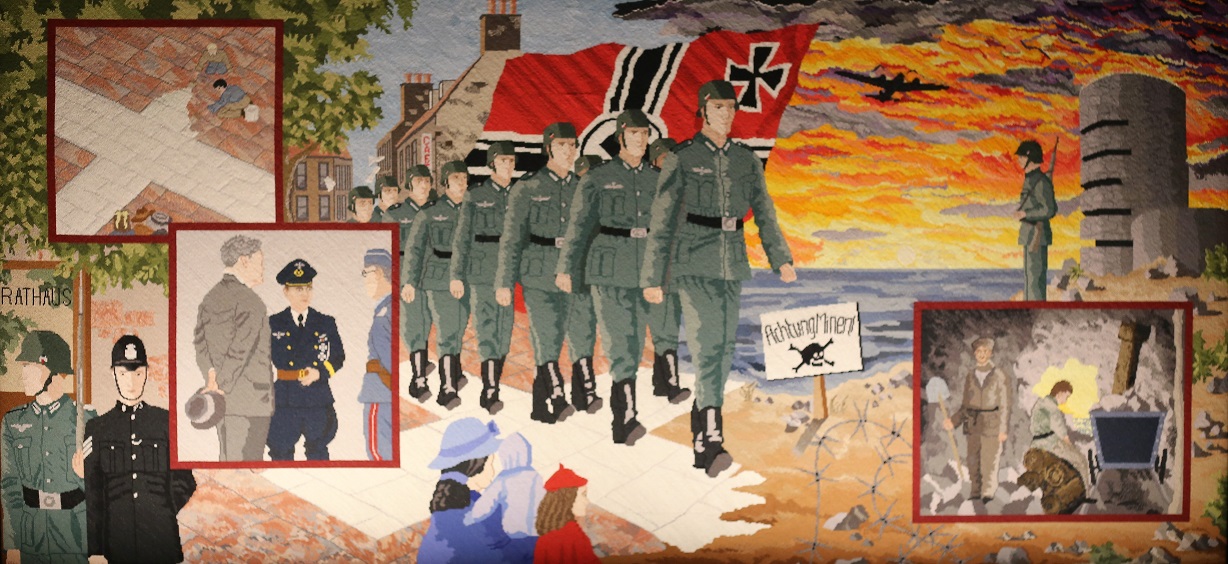Mike Winkelmann- Beeple
Michael Joseph Winkelmann, known professionally as Beeple, is an American digital artist, graphic designer, and animator. He is known for using various mediums in creating comical, phantasmagoric works that makes political, social commentary while using pop culture figures as references. He uses software such as the program Cinema 4D. The sale of his work ‘Everdays- The First 5000 Days’ marked two industry firsts. Christie’s is the first major auction house to offer a purely digital work with a unique NFT (Non-fungible token) — effectively a guarantee of its authenticity — and to accept cryptocurrency, in this case Ether, in addition to standard forms of payment for the singular lot.
From Simple Drawings to Life in 3D
Consumers of internet culture will already be familiar with the South Carolina-based graphic designer and motion artist known as Beeple. His visionary and often irreverent digital pictures have propelled him to the top of the digital art world, winning him 1.8 million followers on Instagram and high-profile collaborations with global brands ranging from Louis Vuitton to Nike, as well as performing artists from Katy Perry to Childish Gambino. In EVERYDAYS: THE FIRST 5000 DAYS, the artist has stitched together recurring themes and colour schemes into an aesthetic whole. The individual pieces are organised in loose chronological order: zooming in reveals pictures by turn abstract, fantastical, grotesque or absurd, deeply personal or representative of current events. Recurring themes include society’s obsession with and fear of technology; the desire for and resentment of wealth; and America’s recent political turbulence. The notable differences between the early and later pictures reveal Beeple’s enormous evolution as an artist. At the project’s inception, ‘everydays’ were basic drawings. When Beeple started working in 3D, however, they took on abstract themes, colour, form and repetition. Over the past five years, they have became increasingly timely, reacting to current events. ‘I almost look at it now as though I’m a political cartoonist,’ Beeple explains. ‘Except instead of doing sketches, I’m using the most advanced 3D tools to make comments on current events, almost in real time.’
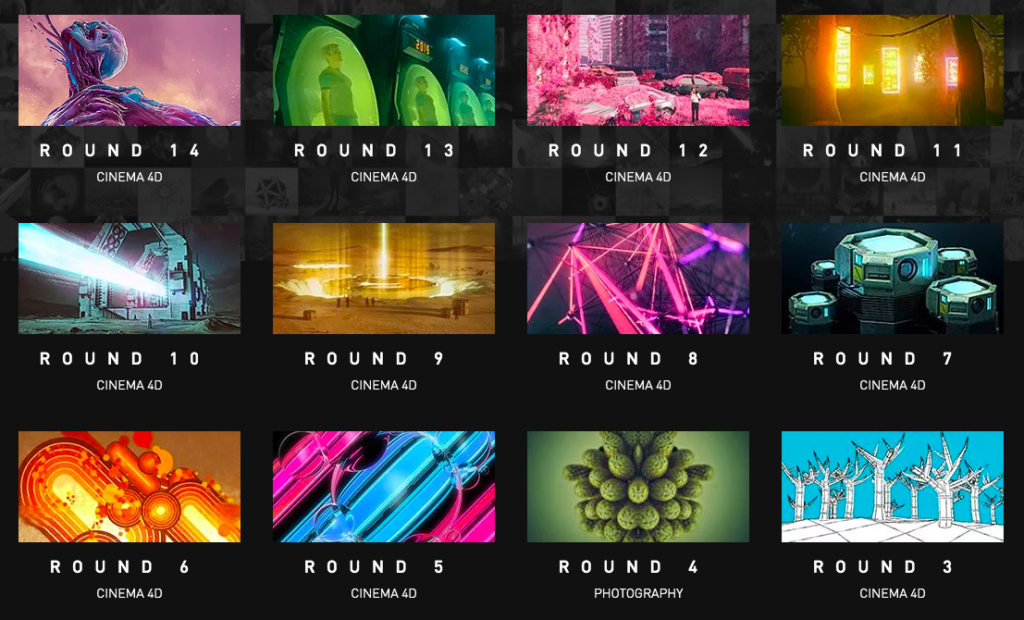
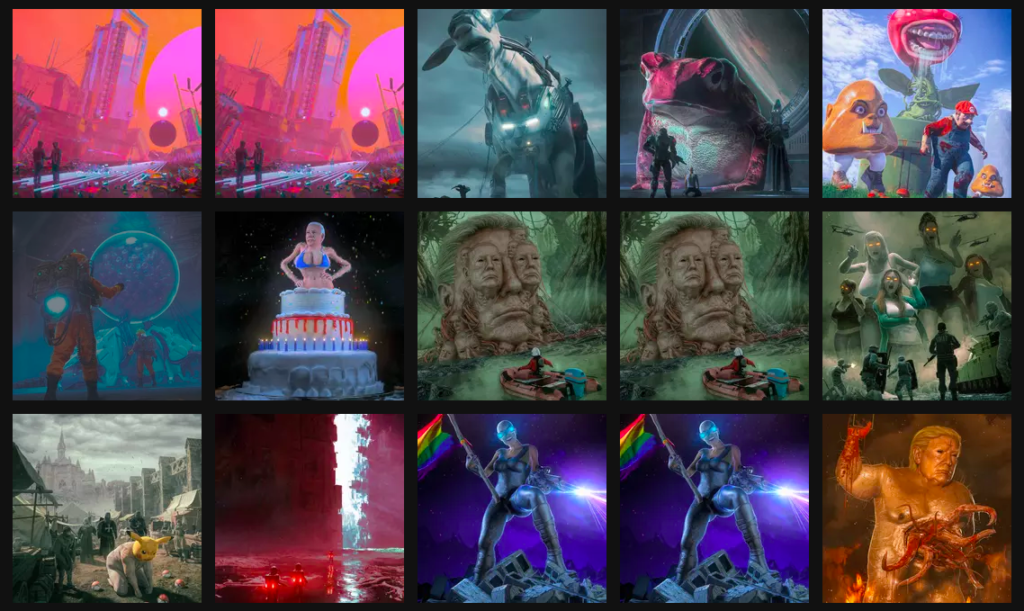
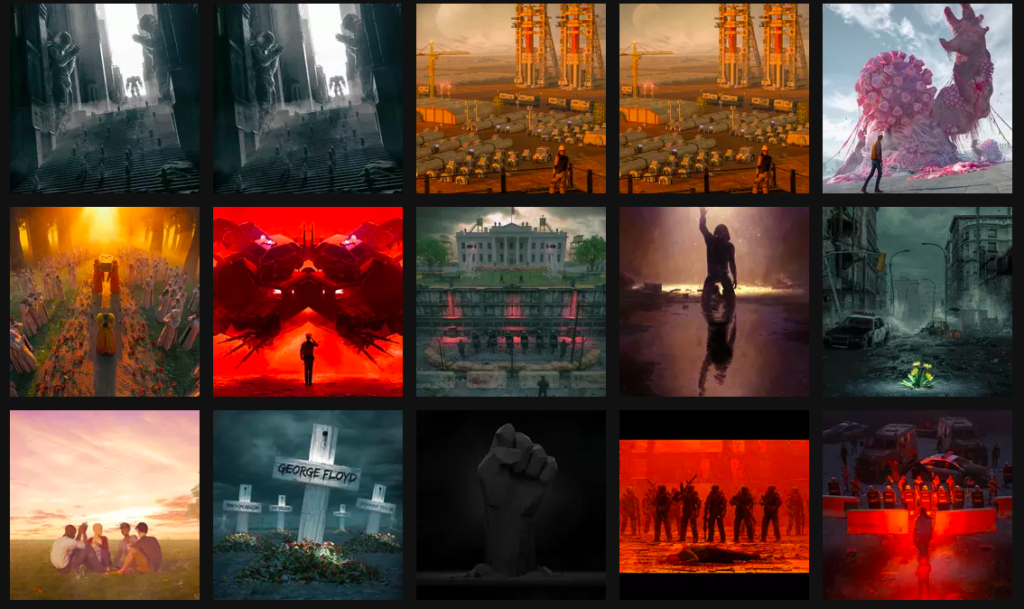
Above are some examples of Beeple’s work that is reactive to things that were going on in the world at the time of making. Such as the BLM movement that was sparked after the death of George Floyd and the riots that happened afterwards.

:no_upscale()/cdn.vox-cdn.com/uploads/chorus_image/image/68948366/2021_NYR_20447_0001_001_beeple_everydays_the_first_5000_days034733_.0.jpg)

